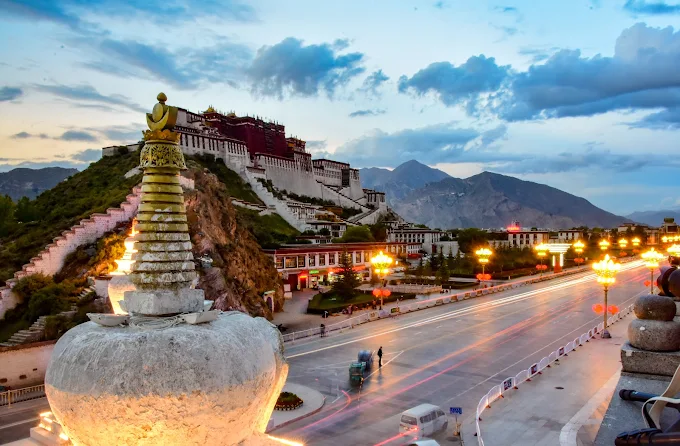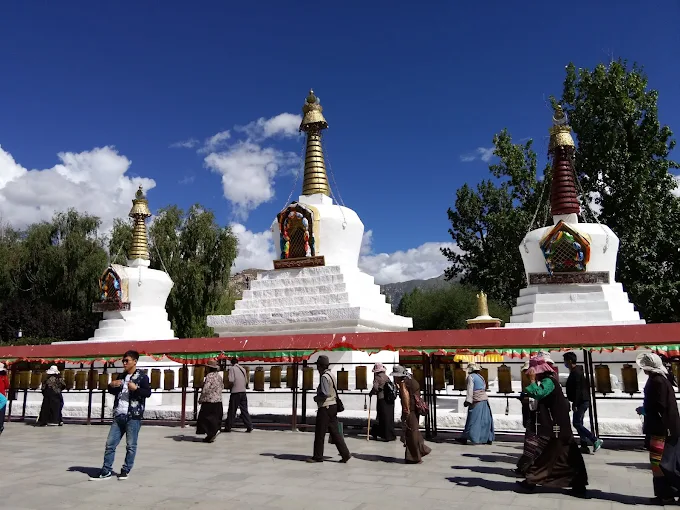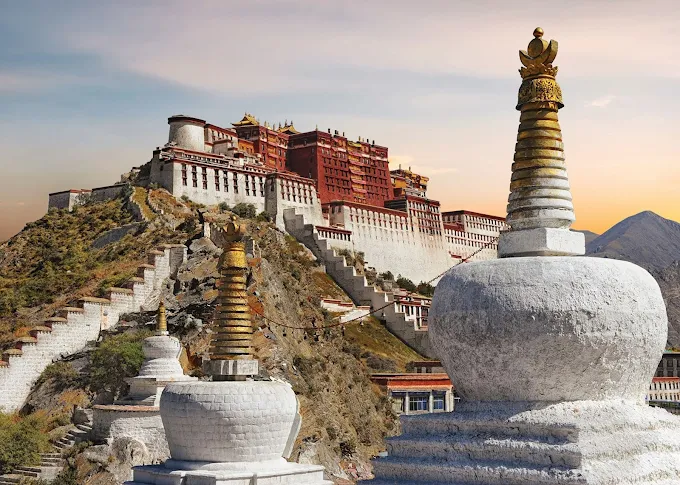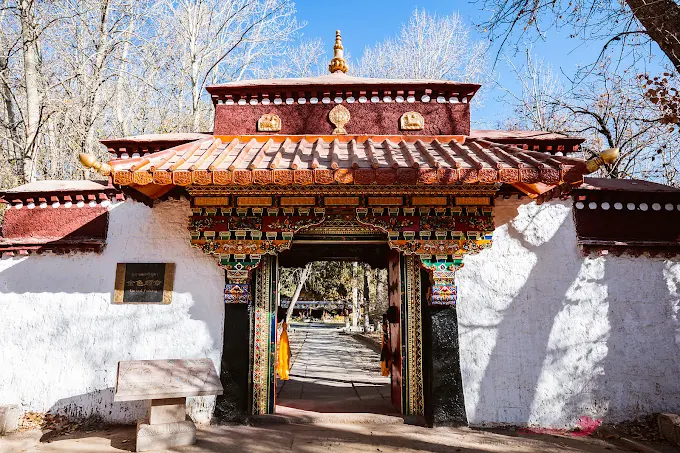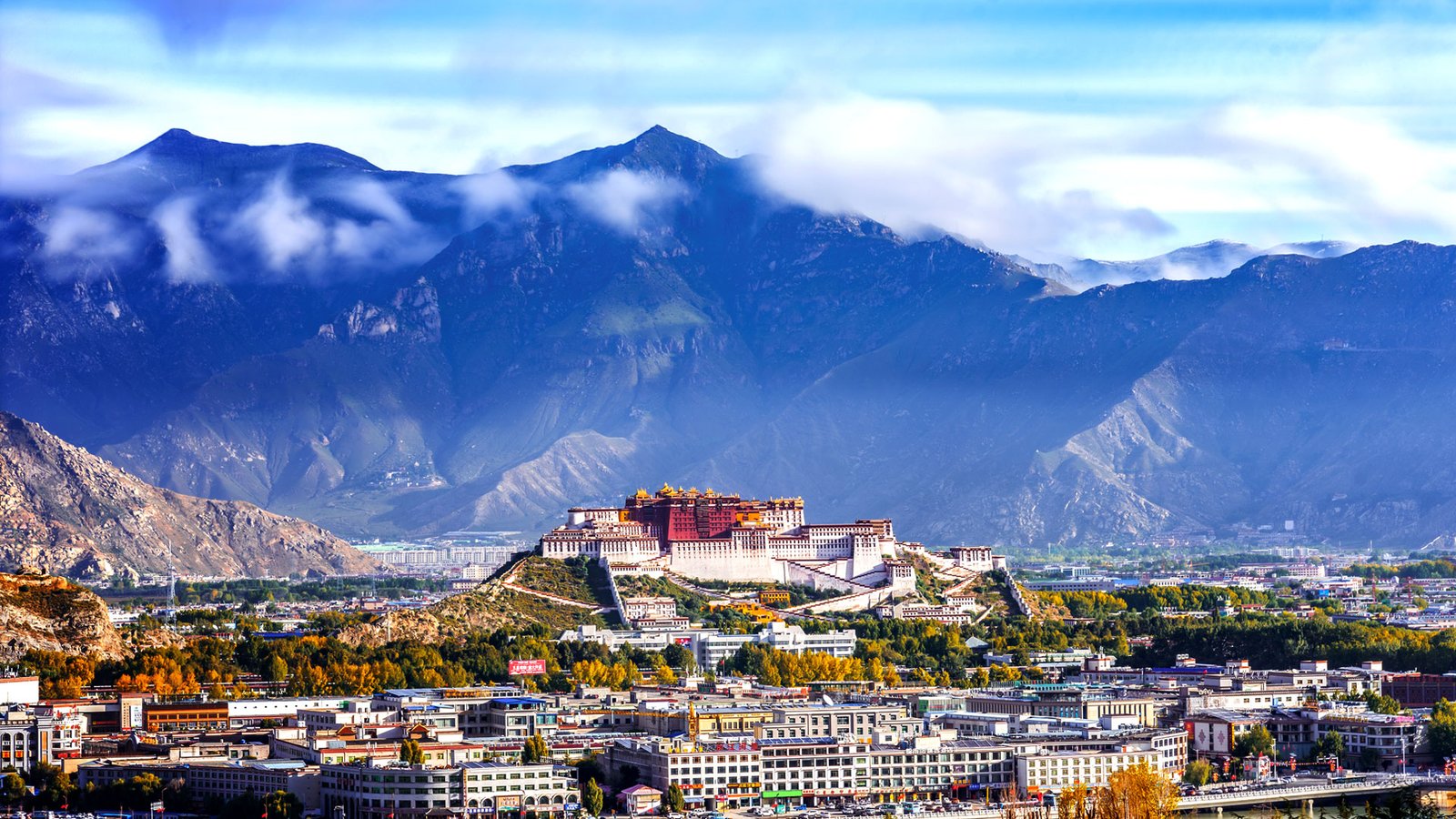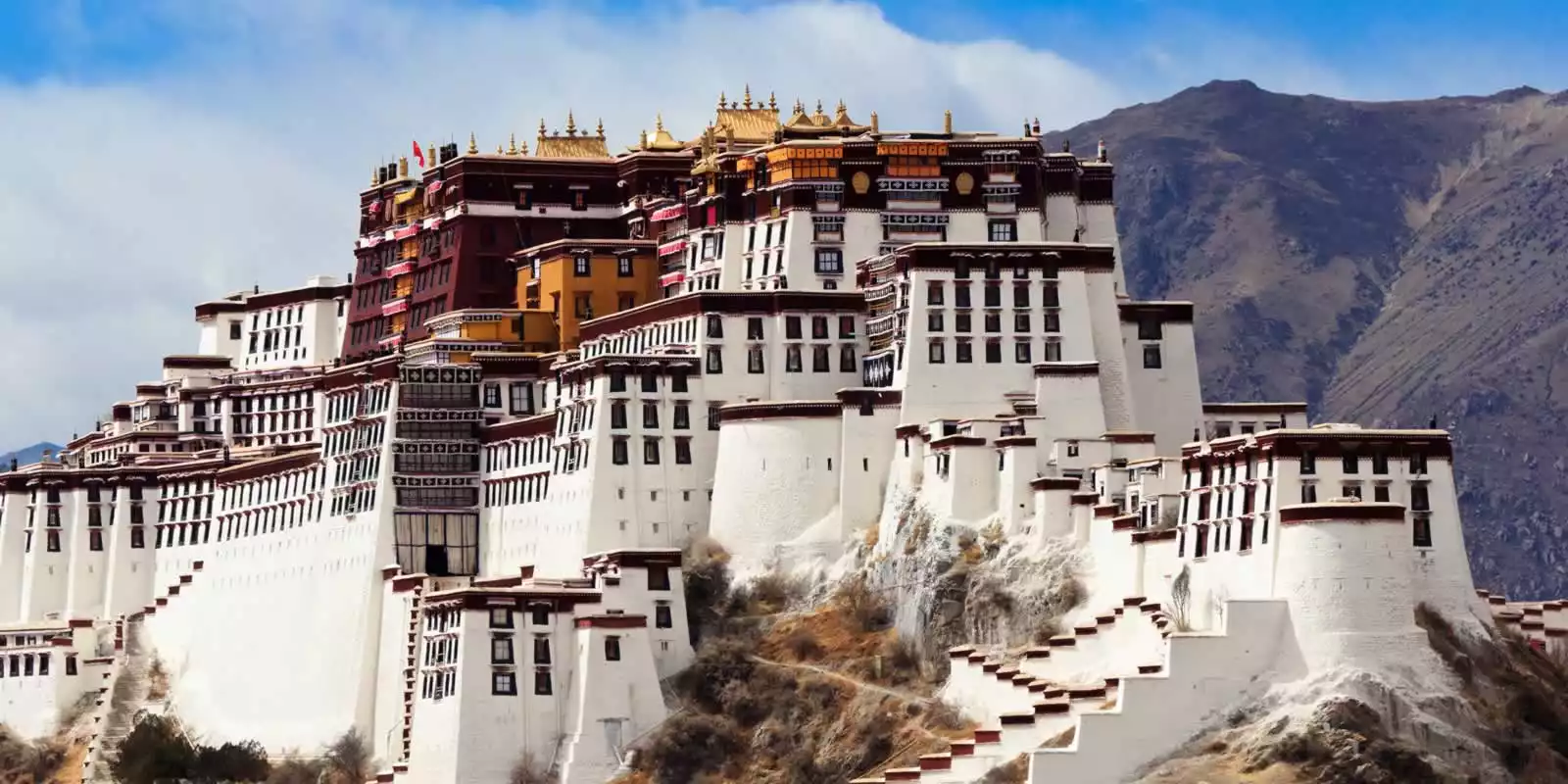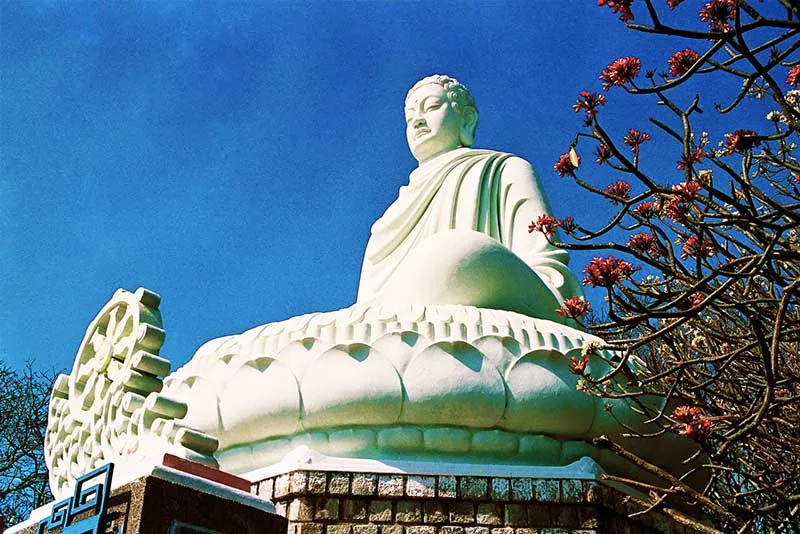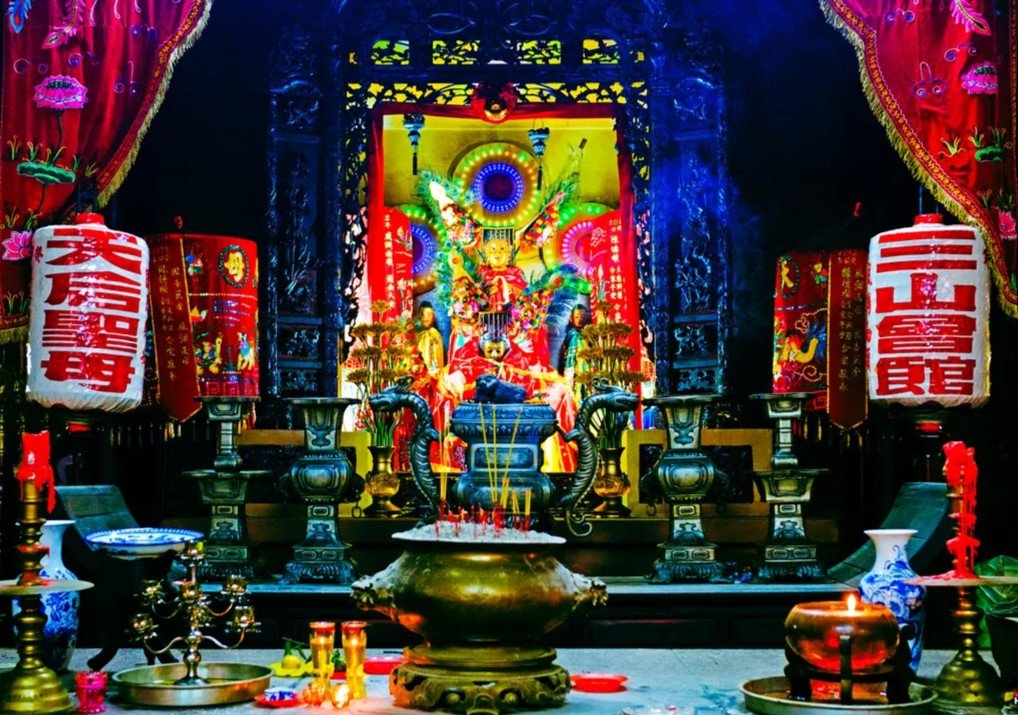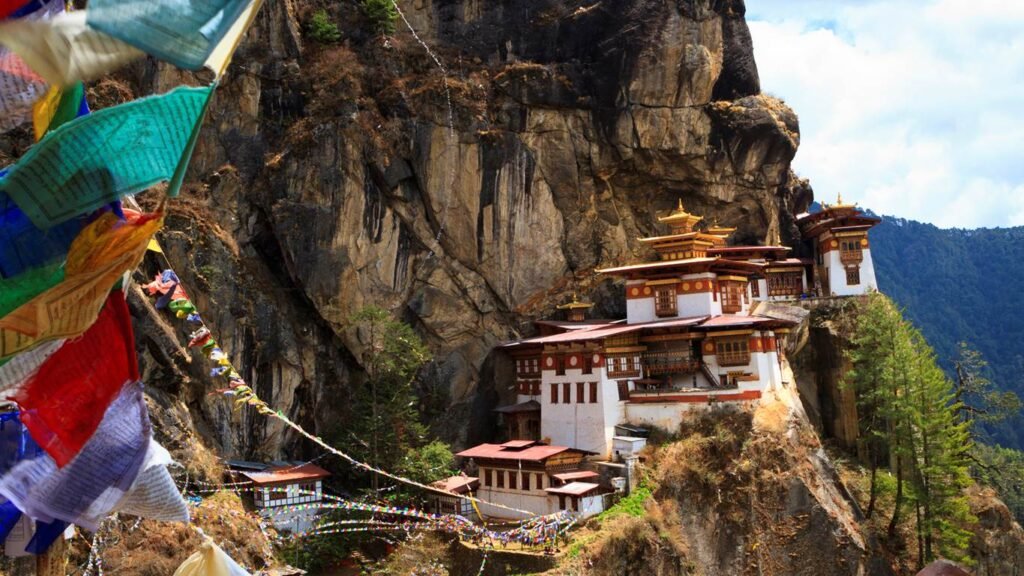Potala Palace: The Sacred Fortress of the Dalai Lamas
Discover Potala Palace’s majestic halls, sacred relics, and vibrant rituals in this Lhasa, Tibet temple listing.
Potala Palace’s Regal Sanctity
Crowning Lhasa’s Red Hill, Potala Palace towers as Tibet’s spiritual and political heart, blending monastic serenity with fortress grandeur. Its red and white palaces, housing Dalai Lama relics, draw pilgrims and travelers seeking cultural awe. This Tibetan Buddhist sanctuary, a UNESCO World Heritage Site, invites exploration of Lhasa’s profound heritage.
Essence of Potala Palace
- Spiritual Citadel: Historic residence of the Dalai Lamas, embodying Buddhist governance.
- Buddhist Core: Venerates Shakyamuni Buddha, Avalokiteshvara, and past Dalai Lamas.
- Cultural Icon: A global symbol of Tibetan identity and resilience.
Historical Legacy
- Founded in 1645: Built by the 5th Dalai Lama, expanding an earlier 7th-century site.
- Dalai Lama Home: Served as the winter palace for Dalai Lamas until 1959.
- UNESCO Heritage: Recognized for its architectural and cultural significance.
Cultural Distinction
- Pilgrim Beacon: Attracts devotees for its sacred chapels and Dalai Lama relics.
- Artistic Treasure: Houses thousands of thangkas, statues, and manuscripts.
- Festival Stage: Hosts rituals that unite Lhasa’s Buddhist community.
Architectural Splendor
Potala Palace’s architecture merges Tibetan fortress design with Buddhist artistry, sprawling across Red Hill’s slopes. Its red and white palaces and golden roofs captivate visitors. The complex, a living mandala, reflects spiritual and temporal power.
Distinctive Design
- Red and White Divide: Red Palace for religious functions, White Palace for governance.
- Golden Roofs: Gilded canopies gleam, symbolizing enlightenment.
- Fortress Layout: 13 stories with over 1,000 rooms, built into the hillside.
Signature Structures
- Red Palace Chapel (Phakpa Lhakhang): Houses a sacred Avalokiteshvara statue.
- Golden Tomb Hall: Enshrines stupas of the 5th and 13th Dalai Lamas, adorned with jewels.
- White Palace Throne Room: The Dalai Lama’s former audience hall, with vibrant murals.
Artisanal Craftsmanship
- Thangka Paintings: Intricate scrolls depict Buddhist deities and historical events.
- Gold and Jewel Relics: Stupas encrusted with turquoise and coral.
- Wooden Carvings: Ornate beams and altars showcase Tibetan mastery.
Sacred Practices in Majesty
Potala Palace’s rituals blend monastic devotion with its regal legacy, offering profound spiritual experiences. Daily practices and unique ceremonies engage visitors in Tibetan Buddhist traditions. Festivals transform the palace into a vibrant hub of faith.
Sacred Daily Rites
- Sutra Chanting: Monks recite texts in chapels, resonating through stone halls.
- Butter Lamp Offerings: Visitors light lamps to honor Avalokiteshvara and Dalai Lamas.
- Prayer Wheel Spinning: Devotees turn wheels along outer paths, invoking merit.
Unique Spiritual Practices
- Dalai Lama Relic Veneration: Pilgrims offer scarves (khatas) at golden stupas for blessings.
- Mandala Offerings: Ritual presentations of symbolic universes in sacred chapels.
- Guided Meditations: Occasional sessions in quieter halls, led by monks.
Vibrant Festival Traditions
- Saga Dawa: Celebrates Buddha’s birth with processions and lamp offerings.
- Losar (Tibetan New Year): Prayers and rituals mark renewal in the palace courtyards.
- Butter Lamp Festival: Thousands of lamps illuminate the palace for the 5th Dalai Lama.
Visiting Potala Palace
Potala Palace, in Lhasa’s heart, demands respect for its sacred and historic protocols. Practical details ensure a smooth visit for tourists and cultural enthusiasts. Adhering to etiquette enhances the spiritual experience.
Getting There
- Address: Red Hill, Lhasa, Tibet Autonomous Region, China.
- Transport Options:
- Bus: Routes to Beijing Middle Road; walk 500 meters to the palace base.
- Taxi: A short ride from Barkhor Square; available via local apps.
- Walking: From Jokhang Temple, a 15-minute stroll through Lhasa’s old town.
- Landmark Note: Spot the palace’s red and white walls towering over Lhasa.
Visiting Hours and Entry
- Hours: Open daily, 9:00 AM–3:00 PM; limited daily visitors, morning visits recommended.
- Entry: Free for worshippers; tourists require a Tibet Travel Permit and reservation.
- Etiquette:
- Wear modest clothing (cover shoulders and knees); avoid hats inside.
- Photography banned indoors; permitted in outer courtyards.
- Walk clockwise around shrines; offer vegetarian items (butter, khatas).
Accessibility and Safety
- Accessibility: Limited; steep stairs and high altitude (3,700 meters) challenge mobility.
- Guides: Local Tibetan guides offer English tours, included with reservations.
- Safety Tips:
- Prepare for altitude sickness; move slowly and stay hydrated.
- Stay on marked paths to avoid uneven steps.
- Emergency contacts: Lhasa Police (110), Medical Assistance (120).
- Amenities: Nearby tea houses, restrooms, and shops along Beijing Middle Road.
